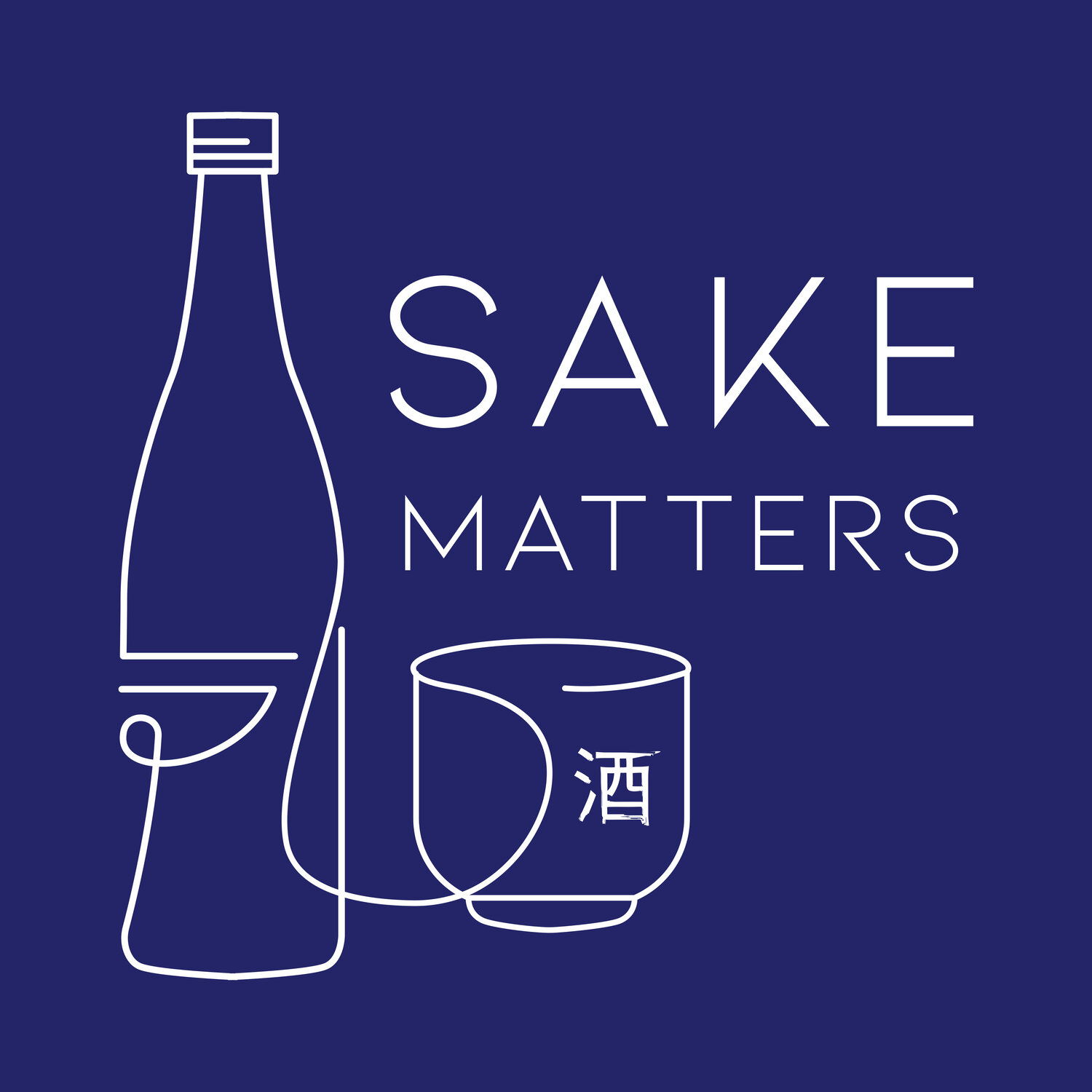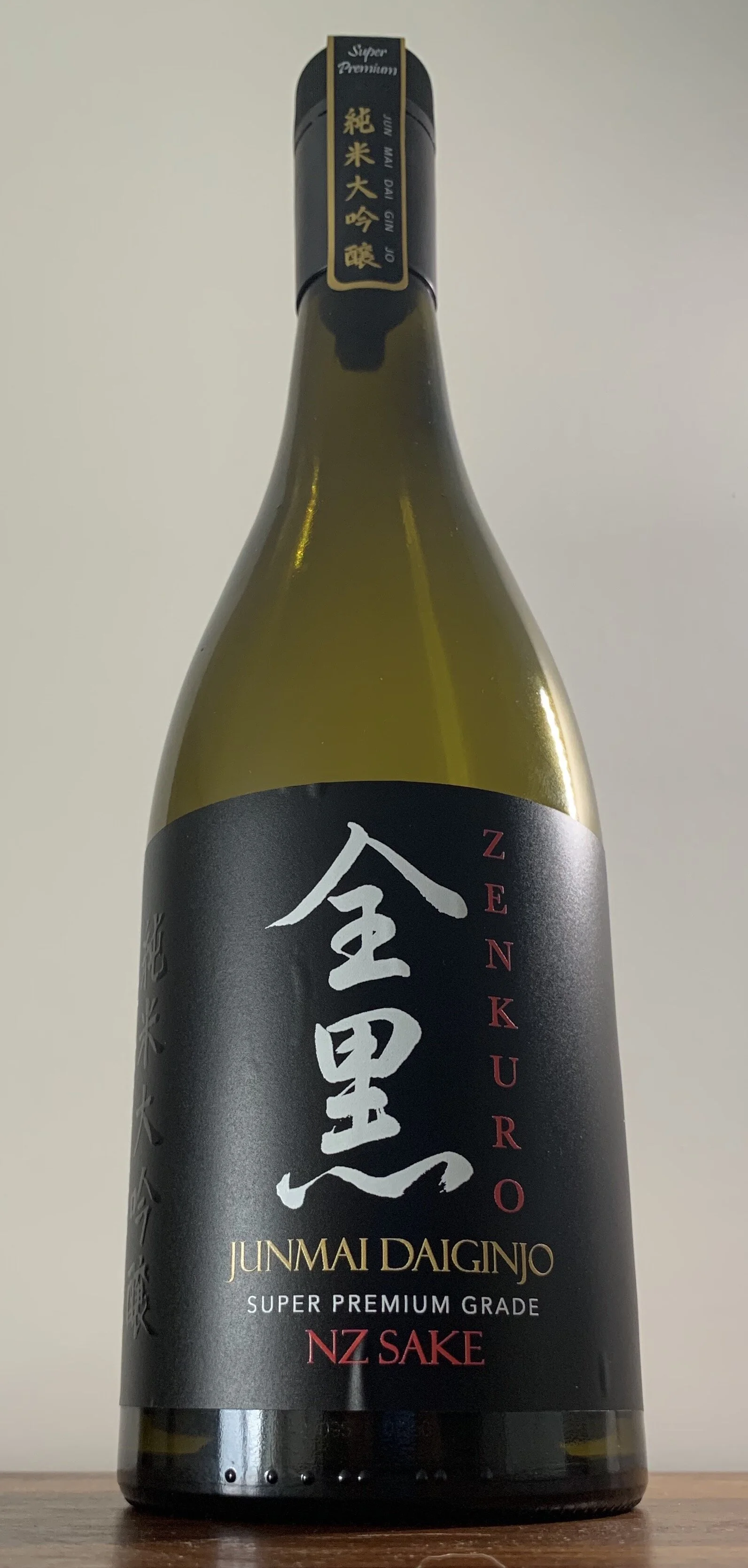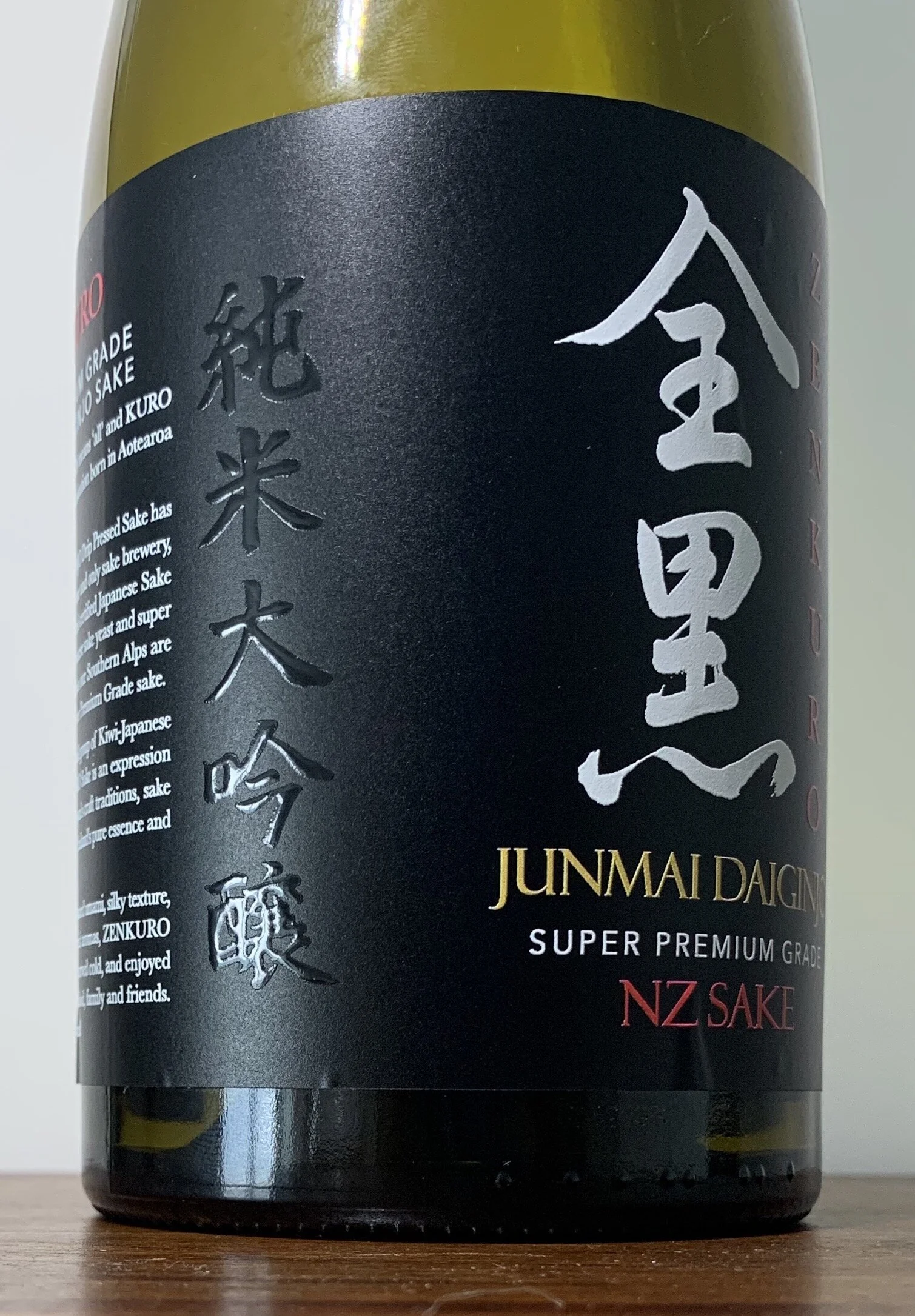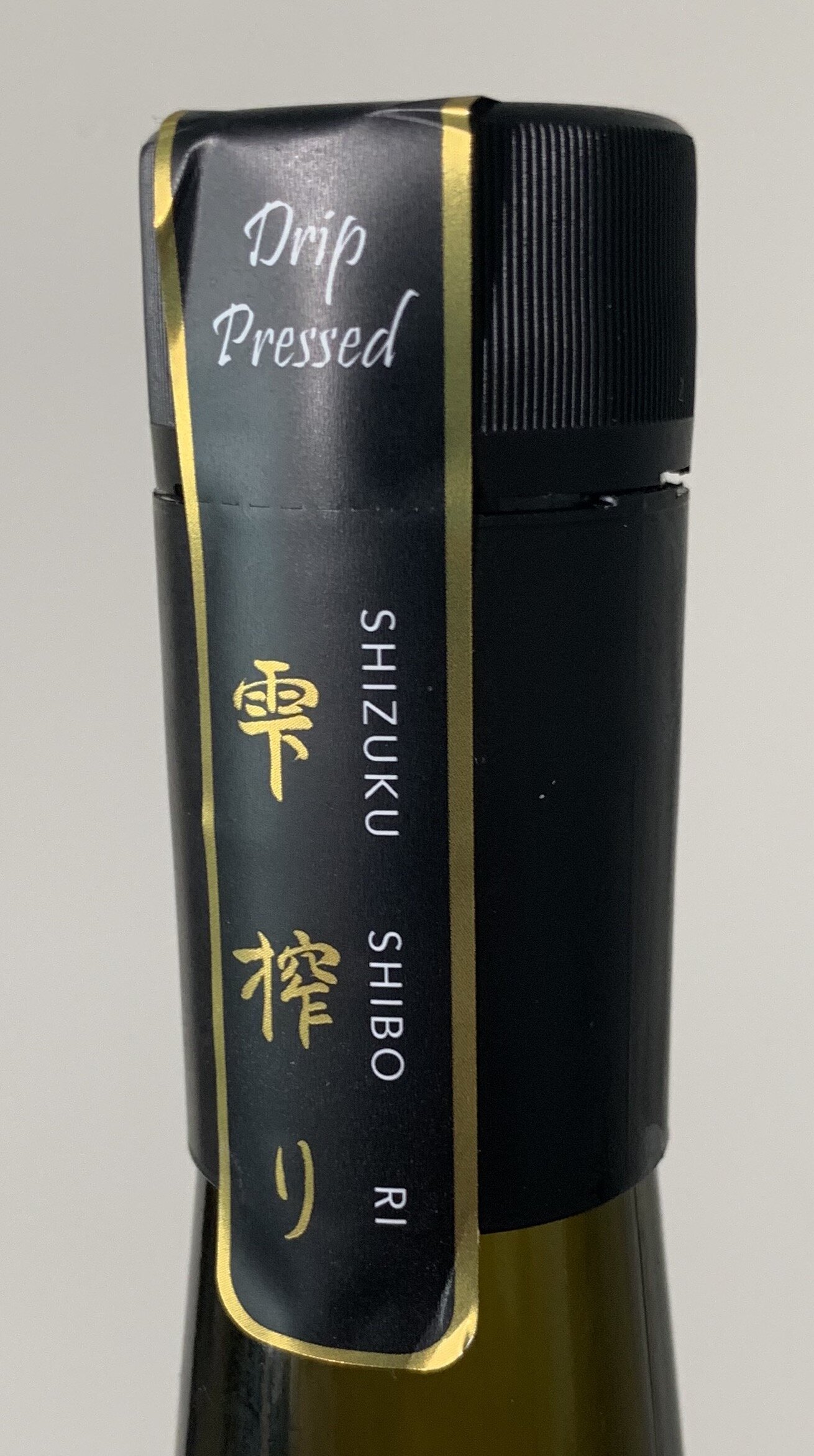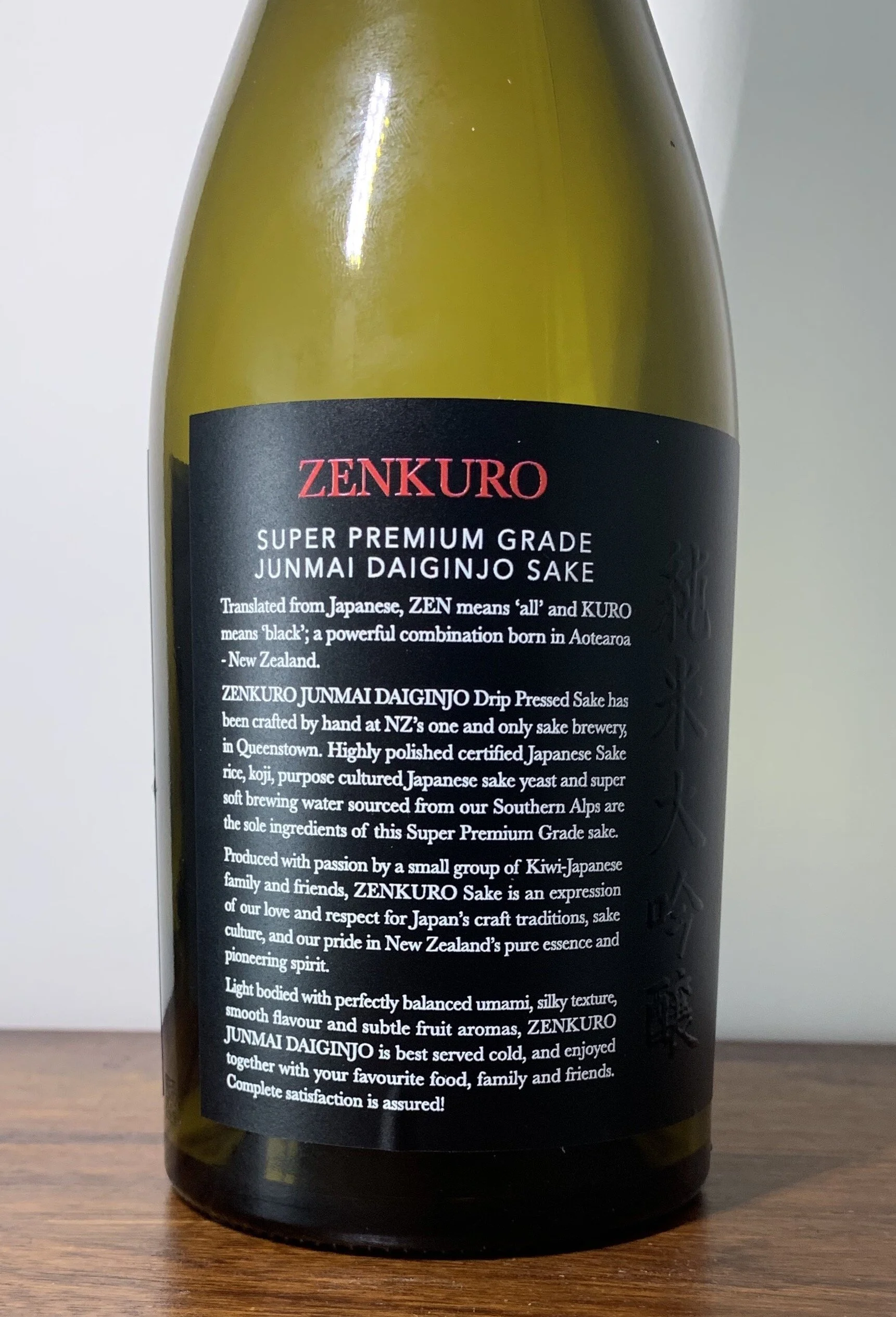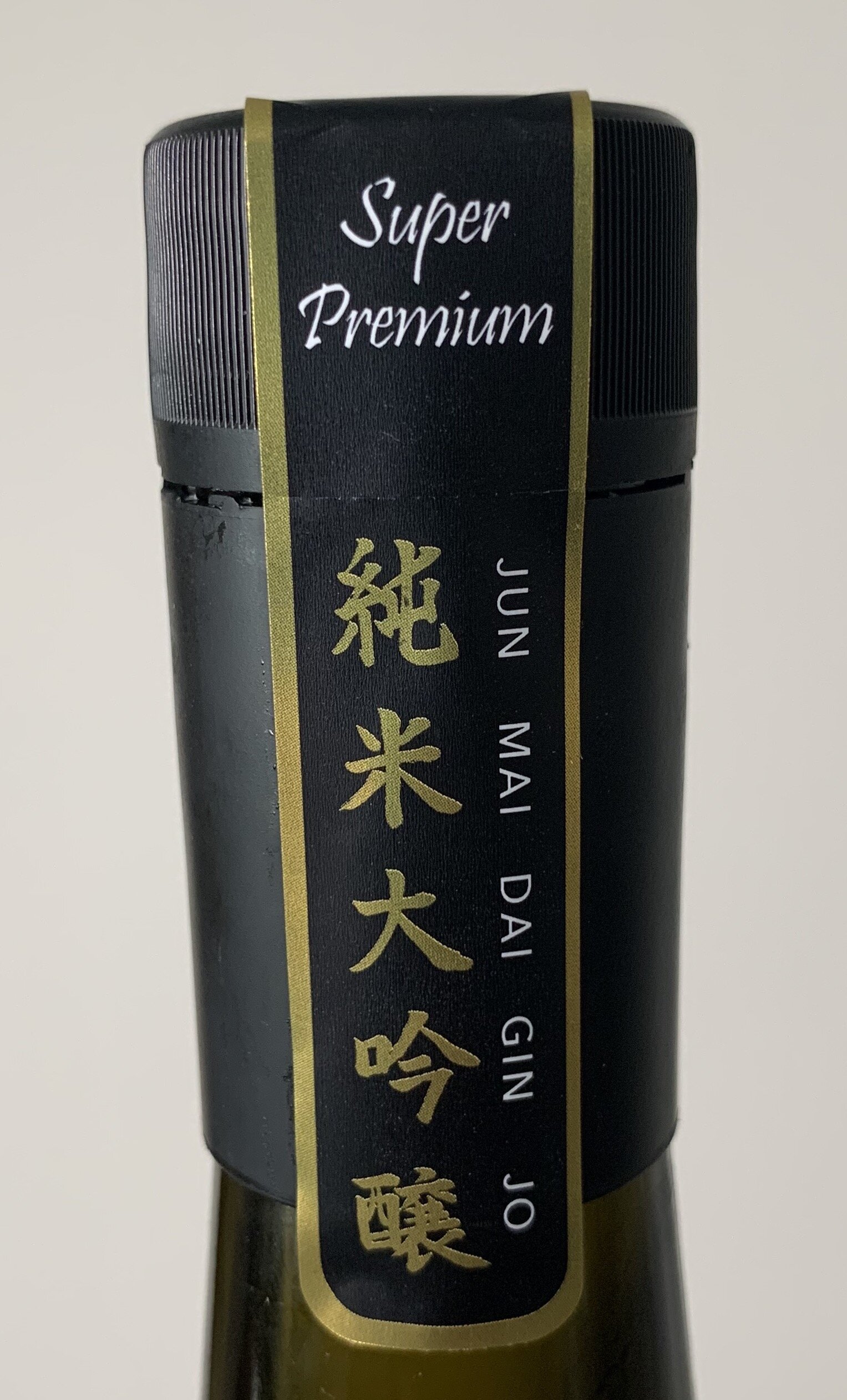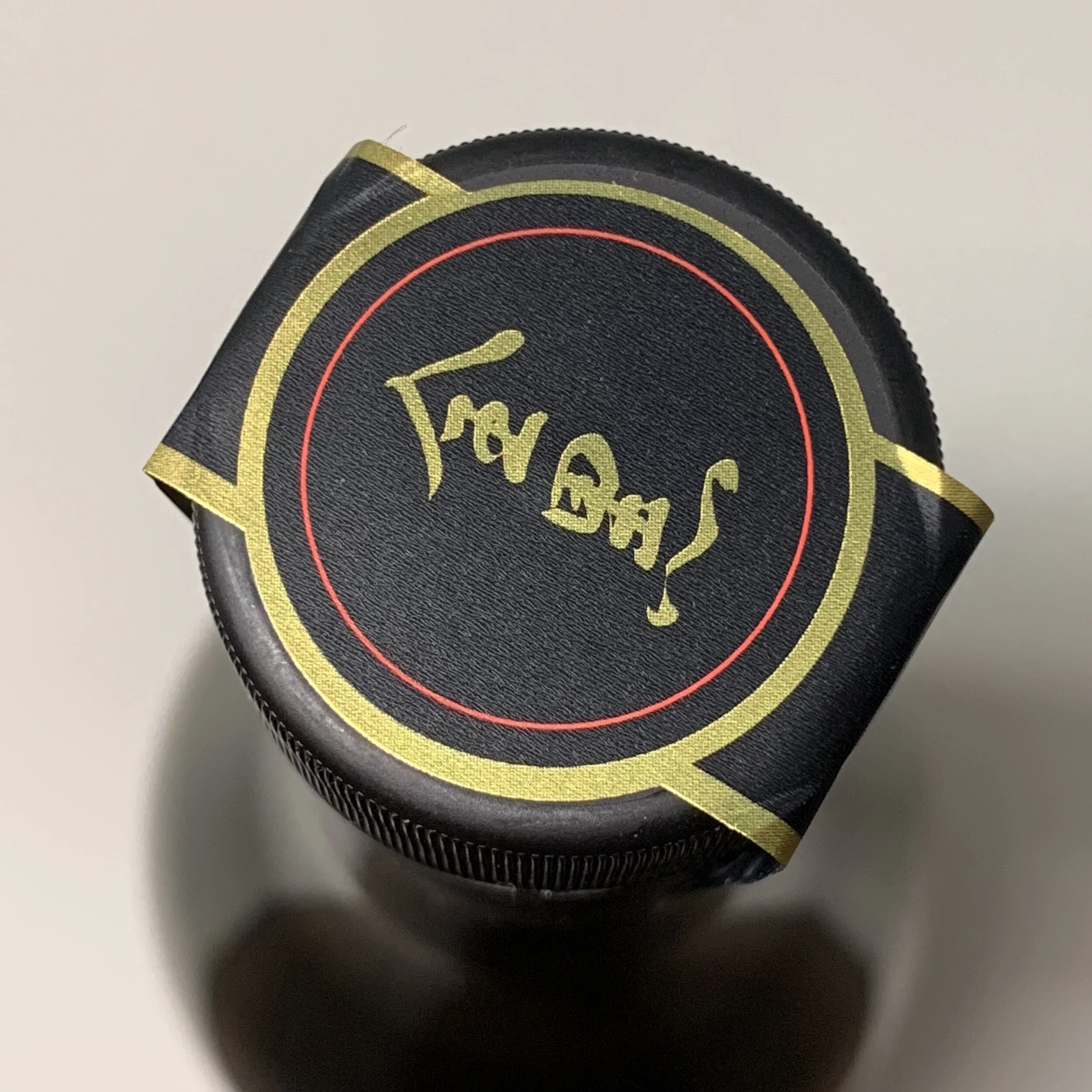SPECIAL DELIVERY
The more I learn about Sake, the more admiration and respect I have for those passionate folks on the other side of the brewery walls to me. Similarly, each time I hear from Zenkuro and taste their latest creations, I feel even happier to be a consumer of their fine Sake.
I have previously written here about a loosely planned diversion to Queenstown back in 2018 and since then Zenkuro has been growing as a truly global force in the international Sake brewing arena, receiving a glowing reception in Japan at last year’s Rugby World Cup, a double episode on the captivating Sake On Air podcast, as well as a long string of gold and silver awards. There’s even been some much needed TLC for the brewery itself.
But I really get the feeling that all this glitz and virtual fist pumping isn’t what Zenkuro is out for. They just want to make really good Sake. And they are.
A few months back I received a bottle of their award-winning Drip Pressed Junmai Ginjo in the mail in Hong Kong from Dave Joll. It was a self-indulgent treat to gloat about having the only (probably) New Zealand made Sake in Hong Kong at the time sat in my fridge. It didn’t stay there for long and so my smugness was short-lived. But short-lived for a good reason that makes me very excited, namely that now I’m just a few clicks on my trackpad away from my next home delivery of Kiwi refreshment.
This package proved a lovely reacquaintance with one of the Sakes previously enjoyed at Zenkuro, and a nostalgic mental journey back to when travel was easy, flights were full and the world was ‘open’.
Fast forward to October and another Covid-dodging delivery from Zenkuro arrives, restoring me as sole bottle owner once again, and this time the booty is something really rather special.
Behold the latest joy from Zenkuro
Not only is this their new prestige bottle, knocking the excellent Ginjo from the top of the pyramid, it’s a bottle from their first ever Junmai Daiginjo fermentation. It’s a bit like having a bottle of Madame Clicquot’s first release of La Grande Dame couriered to you (sent by horse mail presumably back in the day) but unlike Champagne, luckily for me, there’s no reason at all for me to forget about this and cellar it, it’s ready for drinking.
Before I share the tasting notes, let’s take a closer look at the bottle itself which has been noticeably elevated above the rest of the Zenkuro line up. It certainly struck me as special as soon as I unfurled it out of the courier’s bubble wrap (a.k.a. a T-shirt, thanks guys).
The Daiginjo bottle struck me as very familiar, in a good way, as Zenkuro has selected the Central Otago wine region’s iconic pinot noir bottle. This time the glass is coloured, not clear like the other bottles - does this add some mystique? Probably.
It’s quite bottom heavy, and solid, and pours a bit like a Krug or Dom Perignon in that it has a more elegant long neck than the usual Zenkuro glassware. A small but not unnoticed upgrade to the usual model.
The labelling is informative. The front panel is clean and simple but just a 45-degree twist away is a lovely embossed 純米大吟釀, standing proudly out from the rest of the lettering. A tactile and sophisticated addition.
Defying my spatial awareness there’s kind of two ‘backs’ to the label, one recounting the Zenkuro legend, the other giving the hard stats, although finished in a handwritten flourish with the batch number detail.
A label worth keeping (and it peels off nicely actually, bonus)
The lid sticker - there must be a better term than that - conveys a little more of the premium Sake held in your hands and it tears cleanly with a satisfying rip to allow uninhibited access to the rice nectar within.
So, on paper, in hand and on the eye, I am convinced I’m dealing with something pretty memorable here. And what lies within more than delivers. Sure, I’m a little biased and I’m riding high on my Zenkuro mutual appreciation wave here, but I was genuinely quite blown away by this. I hope this sounds like a compliment when I say that this Daiginjo experience felt Japanese. It should do.
By way of a wine parallel, much as I enjoy the incredible English sparkling wines now available and respect the viticulture and vinification that make them great, I like them as a great category in their own right - British sparkling - and don’t feel they should be compared and pushed to compete with Champagne a few hundred miles east. They’re both great independent wine regions, but not the same just because their soils are chalky.
However, I feel this Sake can and must be seen and judged in the context of Seishu - Japanese Sake. It’s a worthy addition to the industry, not an outsider trying to nuzzle in for the kudos.
Back to the Sake and what’s immediately apparent is that there’s a lot of class going on here. It’s wonderfully balanced and smooth, I’d like to think I could say it was drip pressed if I was tasting it blind. I probably couldn’t but I sense I’d be kicking myself for not calling that out.
Great Sake starts with great ingredients so it’s no surprise that for the Kojimai the team is using 50% polished Yamadanishiki from Hyogo. For the Kakemai is 50% polished Gohyakumangoku from Toyama, the Prefecture’s dominant rice (as it is for its Sake powerhouse neighbour Niigata).
There’s banana, the fruit, and there’s a little confected banana. Not sickly sweet and processed but a hint or a waft of those moreish one penny sweets I’d buy as a kid. (That alone makes me smile).
Some acidity remains to keep an element of freshness and bite which made me think of green apple, and green apple skin, a little tart and crisp.
Not wishing to get too retro but I find myself tasting strawberry blancmange (for the kids out there think ‘poor man’s panna cotta’) and with the acidity perhaps it’s more like a raspberry ripple sensation. Or is it raspberry fool? Either way, whatever the format, these aromas and flavours are there, producing an overall fruity cocktail five-a-day melange, and it’s delicious.
Dave Joll is as generous as ever in sharing the production secrets of this Sake but it’s hard to pinpoint where or what makes this so darn good. Fermentation is 27 days, bang in the middle of the 20-35 days I normally state. Fermentation starts at 6˚C, reaches 10˚C and then is lowered to 5˚C, somewhat south of the textbook 10-15˚C (depending which book you read) but not unremarkable for Ginjo production.
A locally hewn manuka wood Kai (stirring pole) is used in preference to the long oar like commercial Tama-gai, adding a little terroir perhaps, and it is left in the Moromi throughout the fermentation period. Nice touch and adds a NZ zen quality it feels to the mash.
The Shizuku drip pressing takes place for 48 hours in very cold conditions, using yet more manuka poles before undergoing Namazume pasteurization. Storage is also a pretty normal five months and uses the on trend, these days at least, in Isshobin bottle technique that brewers are loving as this tends to deliver a more silky, finer textured Sake.
Manuka aside, these temperatures and methods seem to fall within the realms of tried and tested Ginjo production. I can only assume therefore that it is the skill, passion and dedication of this the first generation Zenkuro team, picked up in a remarkably short timeframe, that is responsible for such a great Sake.
Clearly one of my better decisions to take that diversion into Queenstown back in 2018. I don’t know how you top this one, Zenkuro, but I’m looking forward to it.
FOOTNOTE:
Four Sakes from the Zenkuro range are available in Hong Kong for ordering at Eat The Kiwi’s online store at https://store.eatthekiwi.com/collections/alcoholic
What does Zenkuro mean? The characters 全 (Zen) means ‘all’ or ‘completely’ and 黒 (Kuro) means ‘black’ – a mix that brings an image of balanced strength, passion, pride and determination to succeed…and of course pays tribute to the legendary All Blacks rugby team of New Zealand.
QUICK GLOSSARY:
Junmai: Sakes made with no added alcohol are Junmai, the only ingredients are rice, water and Koji mould
Ginjo 吟醸: Sake made from rice at a polishing ratio below 60%
Daiginjo大吟醸: Sake made from rice at a polishing ratio below 50%
Seishu: The legal name for Sake in Japanese
Kojimai: Sake rice that has been inoculated with the Koji-kin mould
Kakemai: Steamed Sake rice
Moromi: The main fermenting ‘mash’, comprised of a mixture of yeast starter, koji, steamed rice and water
Shizuku: Also known as “drip sake”. Does not undergo a forced pressing to separate the Sake itself from the residual yeast and rice particulates. The Moromi is hung up in cloth bags and suspended over a vessel allowing the liquid to slowly drip out purely by gravity
Namazume: Sake that is pasteurized only once before storage but not a second time before bottling and shipping
Isshobin: The most popular bottle size in Japan, this 1 sho bottle holds 1800ml/1.8l (1 go合 = 180ml / 10 go = 1 sho升)
LINKS:
Zenkuro Sake
www.zenkuro.co.nz
@zenkurosake
027 4677034
info@zenkuro.co.nz
